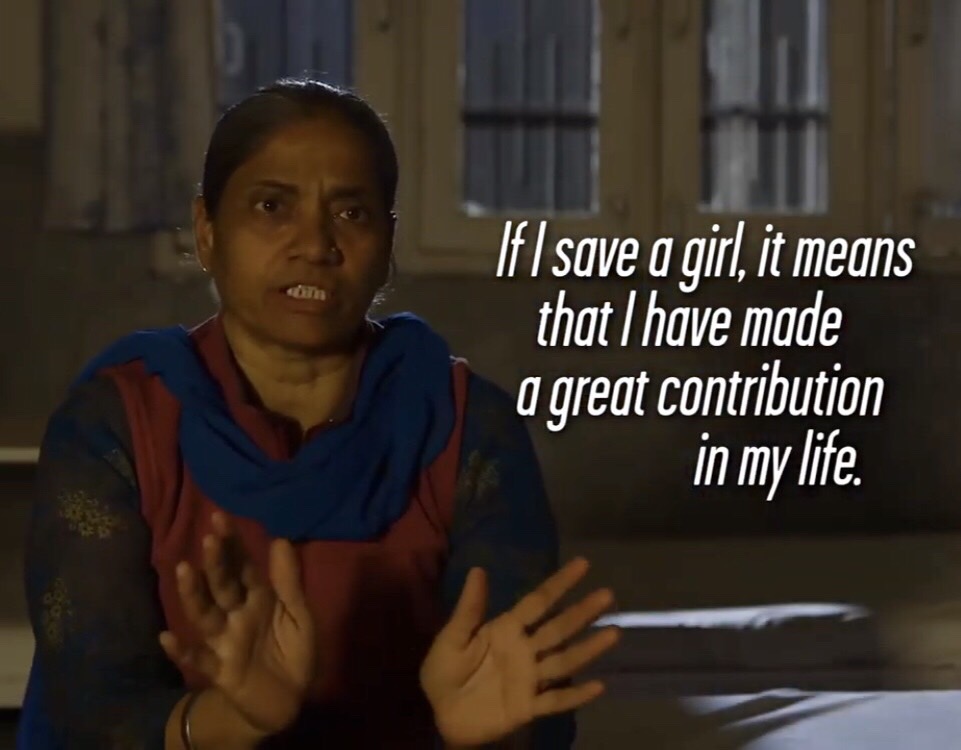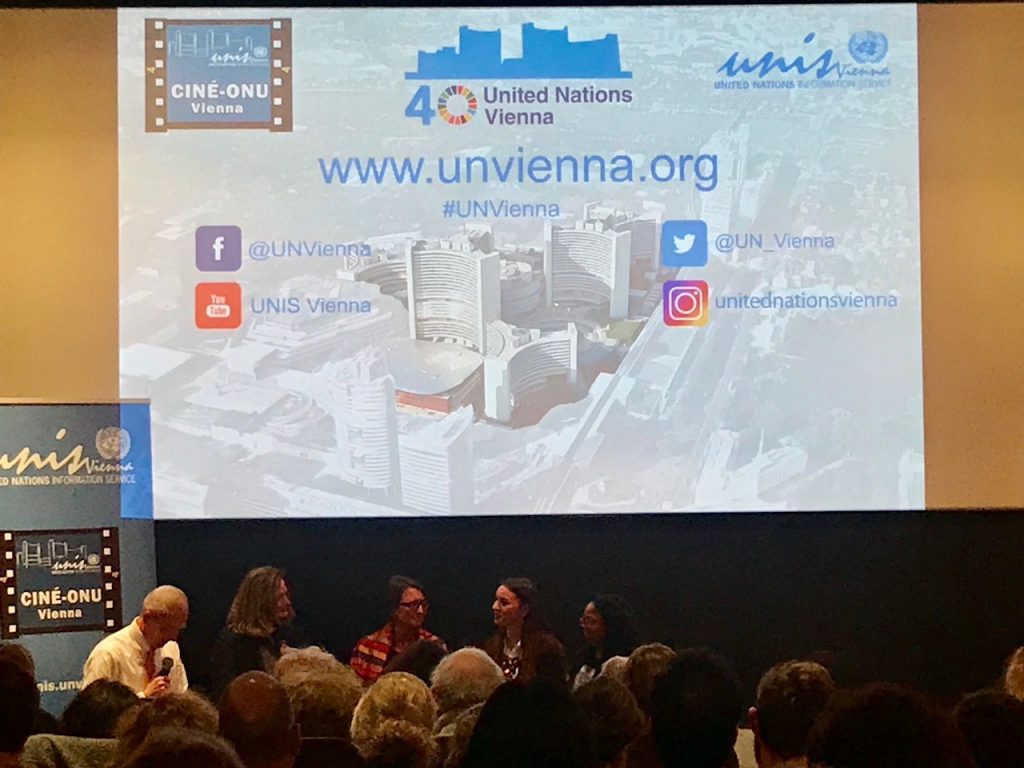
The simple background of the countryside houses, the crisscrossed muddy paths, the vast endless fields, in between the real yet metaphorical human figures, half in shadow, half exposed in sunlight … India, an ancient and mysterious country, a country not lacking attraction and charm! But it is the country with the most imbalanced birth ratio of men and women in the world: 1000-750. By 2020, 32 million single men in India will not be able to find a wife. How did this situation come into being? The 2019 Rama Rau documentary “The Daughter Tree” draws a shocking but realistic picture.

The tradition in India’s certain regions concerning men and women seems to be absurdly backward. Listening to the conversations in the film, one could not help feeling both sad and triggered. There is a so-called the village of men in India. For decades, baby girls have been doomed to death before being born. The single men in the village are getting older and older, seeing no way out except the “shameful” marriage to an “outsider girl” who might be of “lower cast”. This fear of social ridicule is deeply rooted in their blood. Being single, the men in the village complain that they’ll have to labor in the field, which heavy work is traditionally done by women. They complain that no wife is cooking at home and serving them. Yet, the baby girls are still being aborted …

The sharp contrast which is also part of the realistic India, is the description of a village where the girls are worshipped in this film. Girls are celebrated as goddesses upon birth. At such a joyous event, a tree of Mango will be planted in her honor. The tree grows to produce fruits to bring money, a way of preparing the girl’s future dowry.

In India, a woman can be the head of a family and can even challenge men at dispute, so to speak. But a woman can also be a doomed slave, a laborer of no choice, a lamb to be slaughtered by men anytime…

On the evening of 18. November, UNIS did the film screening of “The Daughter Tree” at Top Kino followed by a panel discussion, aiming at reviewing the film as well as talking about Beijing +25. After the 1995 Beijing World Women’s Congress, has women’s fate improved in 25 years? In many countries, the answer is no. The reason is very often to do with the so-called traditional values and the social inertia.

Tradition can be a poisonous double-edged sword, difficult to discard. “Changing standards and values is of most importance,” said one panelist. But even in Austria, the “Frauenhotline” remains hot and busy, as another panelist pointed out. There are still many women ending in the hospital weepingly pouring out to the doctors what happened to them at home. In Germany, more than 114,000 women in 2018 were injured by domestic violence, 122 of them died as a result.
According to UN Women Organization, it is estimated that 35 per cent of women worldwide have experienced either physical and/or sexual intimate partner violence or sexual violence by a non-partner (not including sexual harassment) at some point in their lives. However, some national studies show that up to 70 per cent of women have experienced physical and/or sexual violence from an intimate partner in their lifetime.

On 25. November, the International Day for the Elimination of Violence against Women, Secretary-General of the United Nations António Guterres calls on governments, the private sector, civil society and people everywhere to take a firm stand against sexual violence and misogyny. He said, “We must show greater solidarity with survivors, advocates and women’s rights defenders. And we must promote women’s rights and equal opportunities. Together, we can – and must — end rape and sexual assault of all kinds.”
From the single village to the daughter tree, the fair world with women’s rights and equal opportunities is still a long way to go.


Be the first to comment on "From the Village of Men to the Daughter Tree"